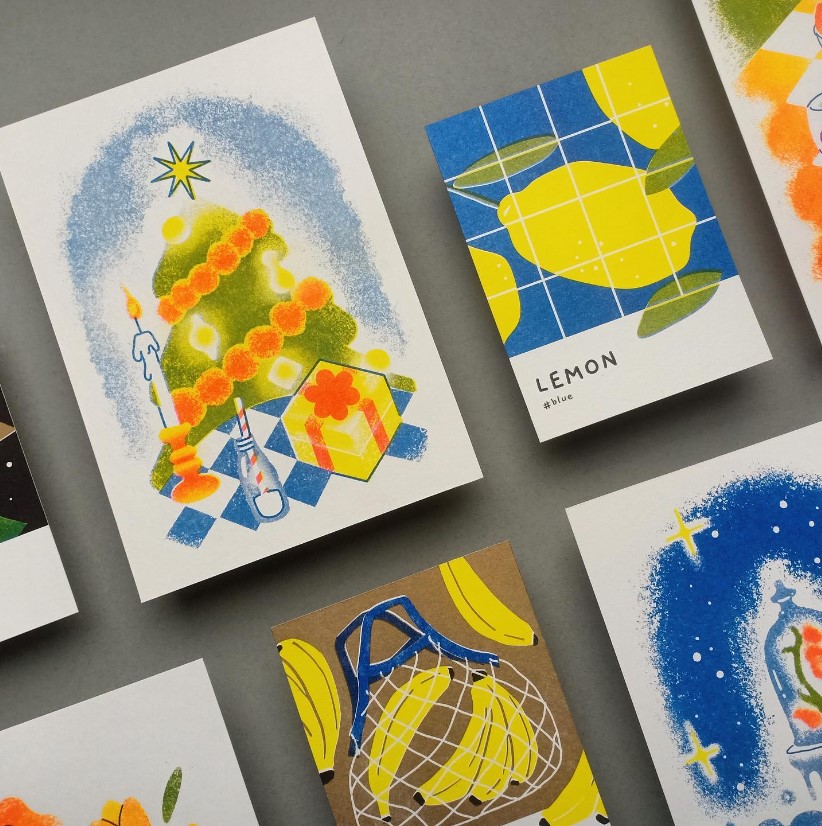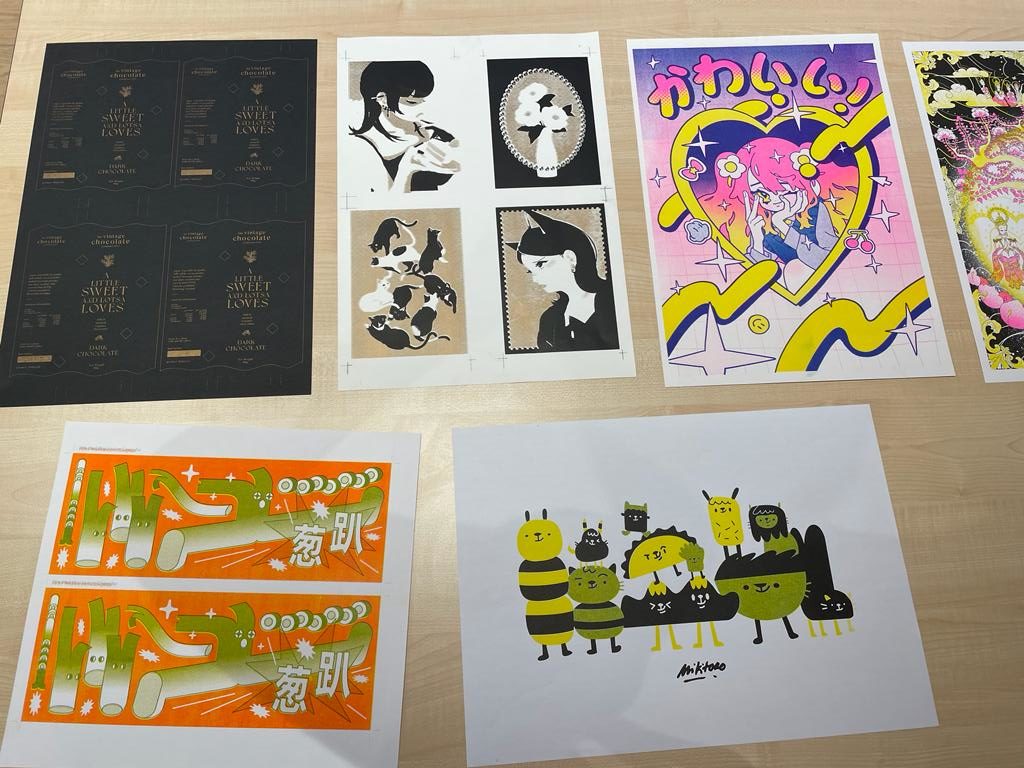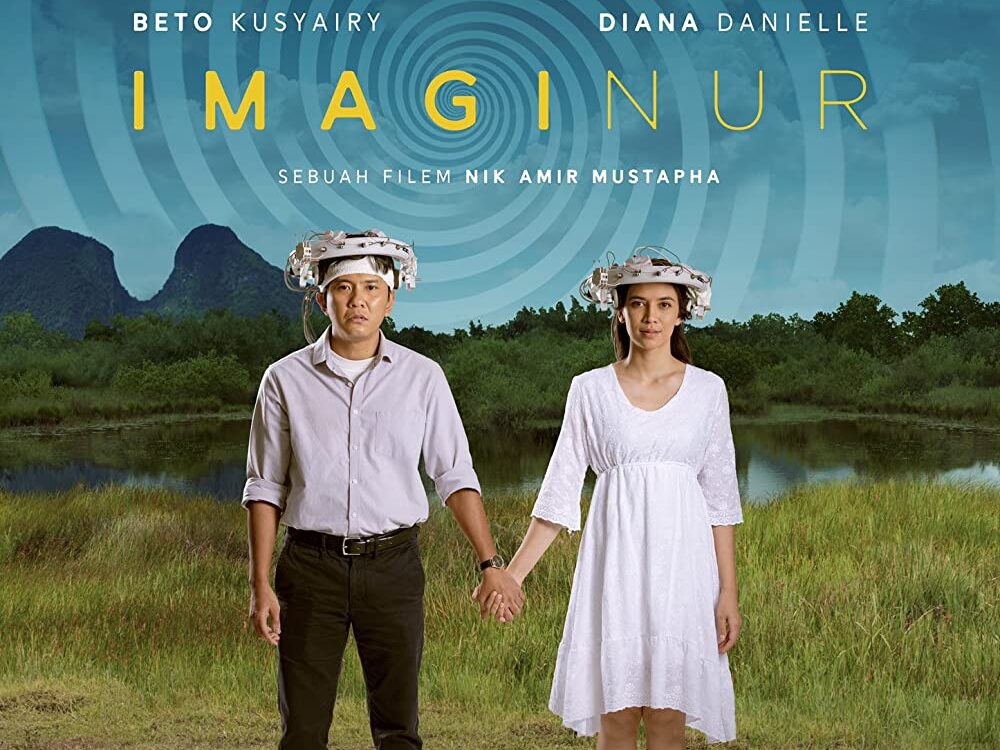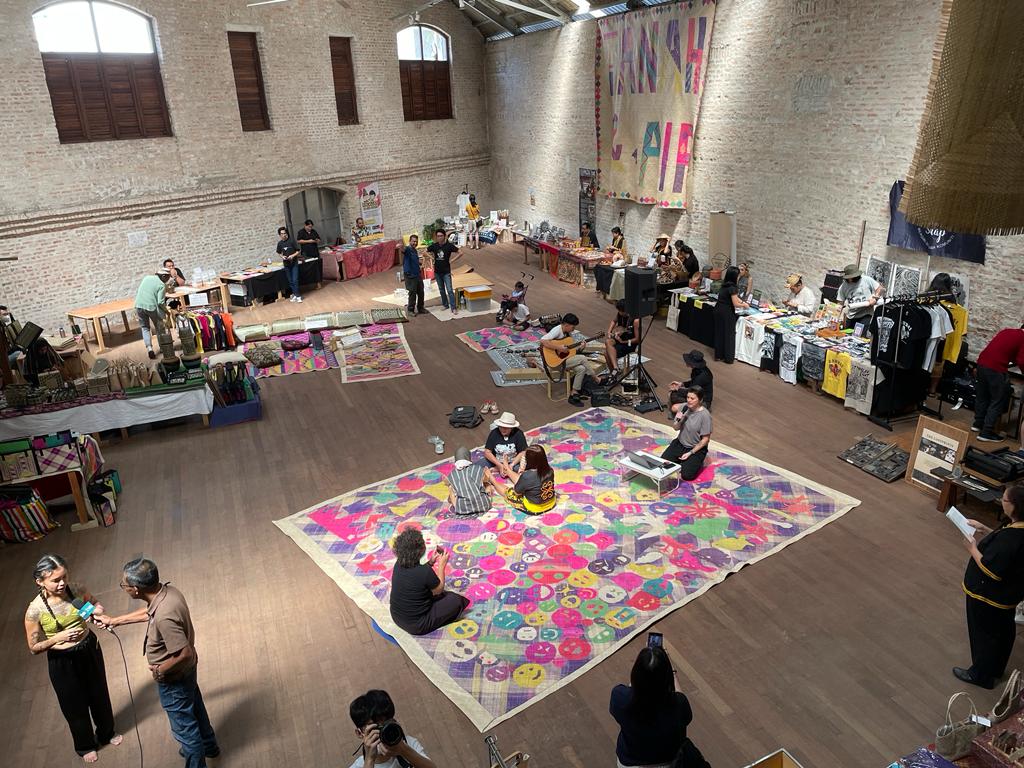
Risograph printing is a unique method of creating prints that can lend a stylised, vintage look to your art.
By CHIN JIAN WEI
If you’re an artist or designer, you may want to give risograph printings a try. Due to its unique texture, small ecological footprint, and relative affordability, it is a rather popular way for artists and designers to directly turn their designs into prints and T-shirts. BASKL had the chance to attend “ExploRiso!”, a Risograph introduction session organised by HASURISO that took place on March 4 at Eslite Bookstore, The Starhill.

Risograph was released in Japan in the 1980s. “Riso was purposely designed for high-volume photocopying and printing,” Venus Quek of HASURISO says. “Because in that era, there was high demand for promoting information through printed materials. Nowadays, it’s mainly used for art.”
Many of the zines and prints being sold at the KL Art Book Fair that took place earlier this year, for example, were printed using Risograph. The Risograph machine produces a stencil internally that is applied to a rotating drum filled with ink. The drum spins rapidly, pushing the ink through the pattern and onto the paper. As a result, a distinctively textured print is produced that cannot be duplicated. Spot colour-based, the end result is a tactile, vibrant print that has a rather vintage, stylised look slightly reminiscent of old comic books. One type of paper that HASURISO recommends using to make the most of the effect is newsprint, the kind of paper traditionally used in newspapers.

The vibrant colours are created by mixing and layering colours on top of each other. “For every layer of colour, you need to layer it on one by one by putting the print through the machine,” Michelle Ku of HASURISO says. “New colours are created when two colours are overlapping.” For example, if you want to include purple in your art, you would first print pink, before running the paper through the Riso again, this time printing blue. Purple is then produced in the sections where the blue is layered over the pink.

The ink is vegetable oil-based which is not harmful even if accidentally consumed (however unlikely that may be). The Riso printing method uses ink that dries by being absorbed into uncoated paper, rather than relying on energy-intensive chemical dryers or heat. As a result, the printing process consumes very little power. The ink is stored in portable drums that can be easily removed from the machine, minimizing ink waste. When the printing is complete, the drum is removed from the machine, the stencil is discarded, and the drum is stored until the next use. Moreover, Riso printing uses FSC-certified and high post-consumer waste recycled papers, making it an eco-friendly and sustainable printing process.

There are a few quirks to keep in mind when using Risograph, however. It is not a high-precision device, and it is common for the colours to be imperfectly aligned, or for there to be uneven coverage. Hence, if you want a highly polished and clean look for your print, Risograph may not be the choice for you. For those seeking a rougher, vintage style effect while embracing the beauty of imperfection, Risograph printing may be the right choice. The designs most suitable to be printed using Risograph also tend to use a smaller colour palette, typically between one to four colours.
You can follow HASURISO on Instagram to see more designs! Another company that provides Risograph printing service is INKINK DER, which you can follow on Instagram here too.
Featured image from HASURISO’s Instagram page.
To read more stories from BASKL, click on the links below!





